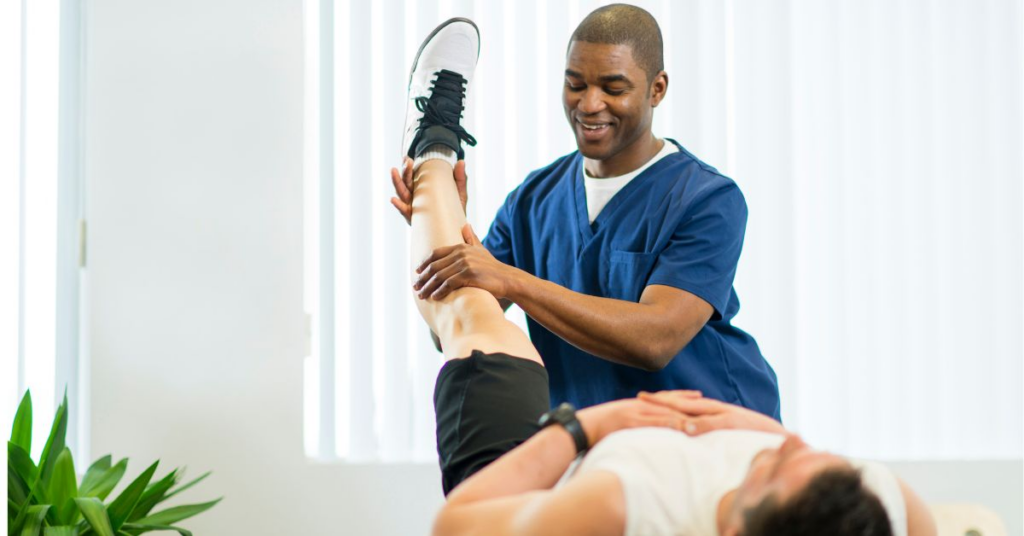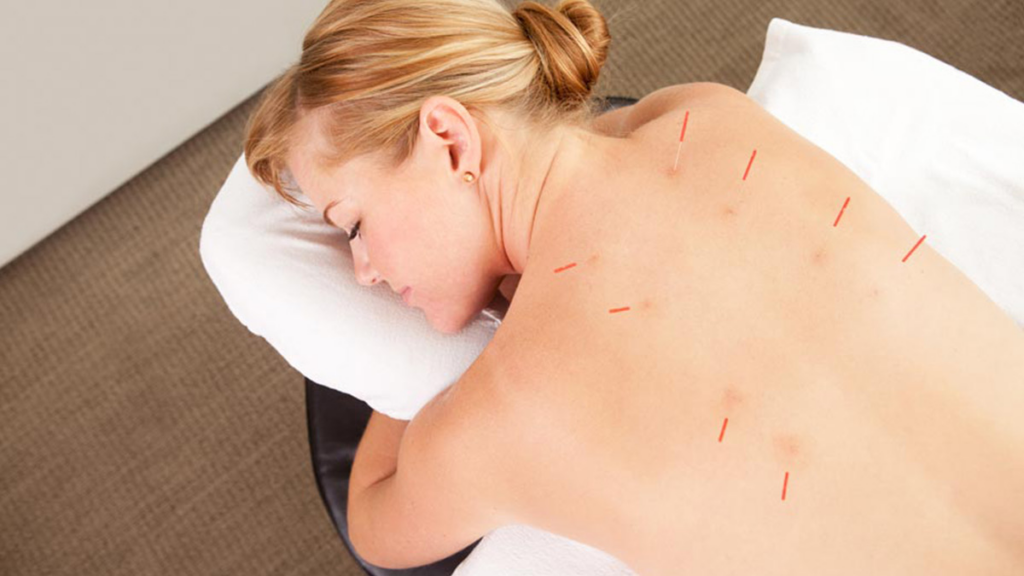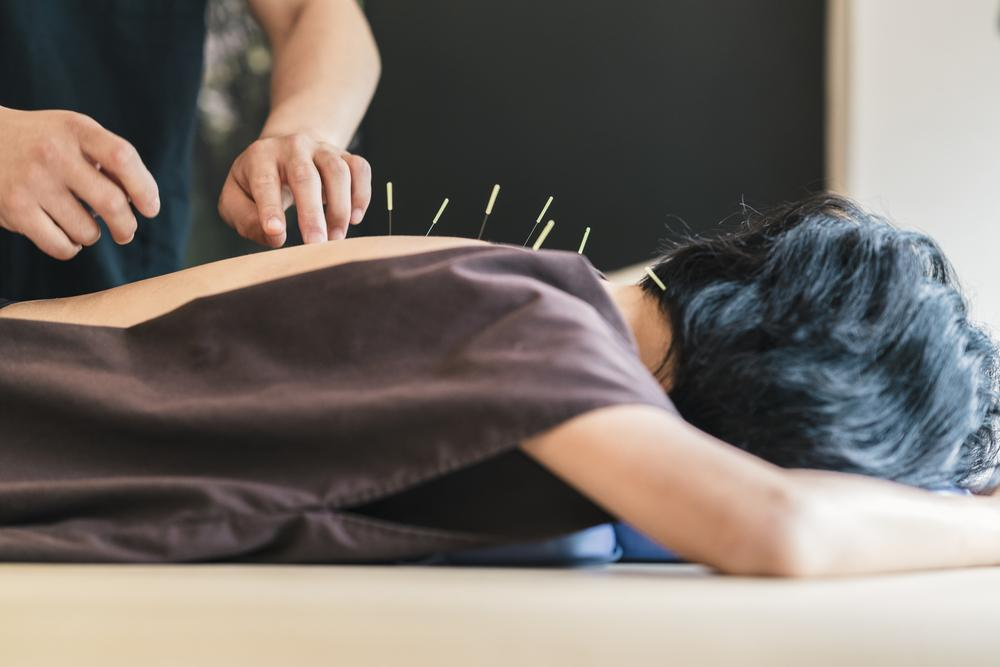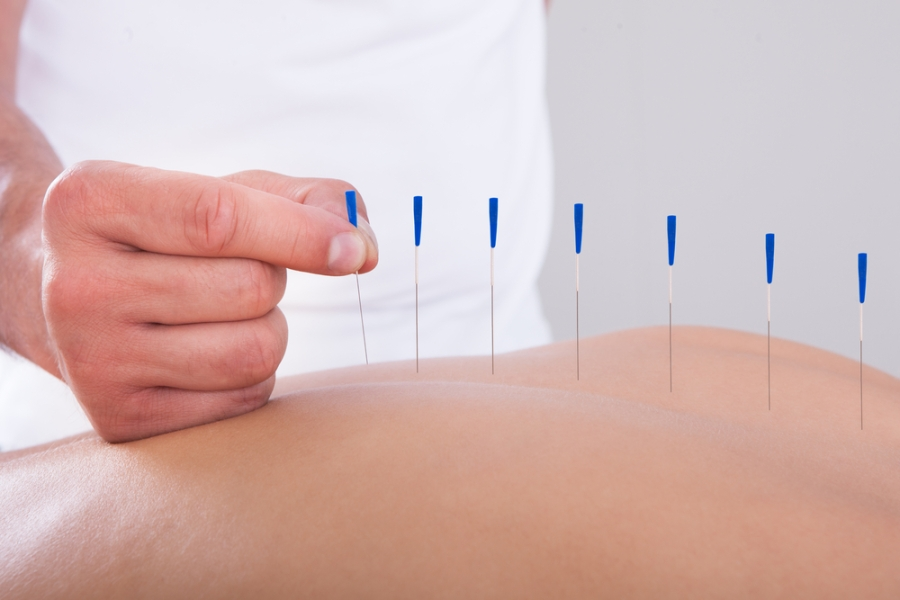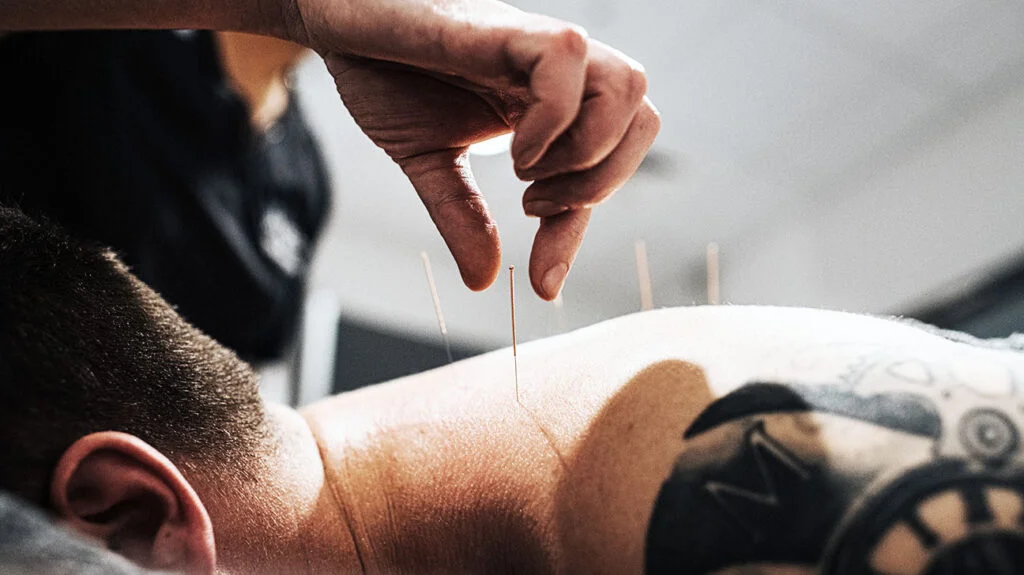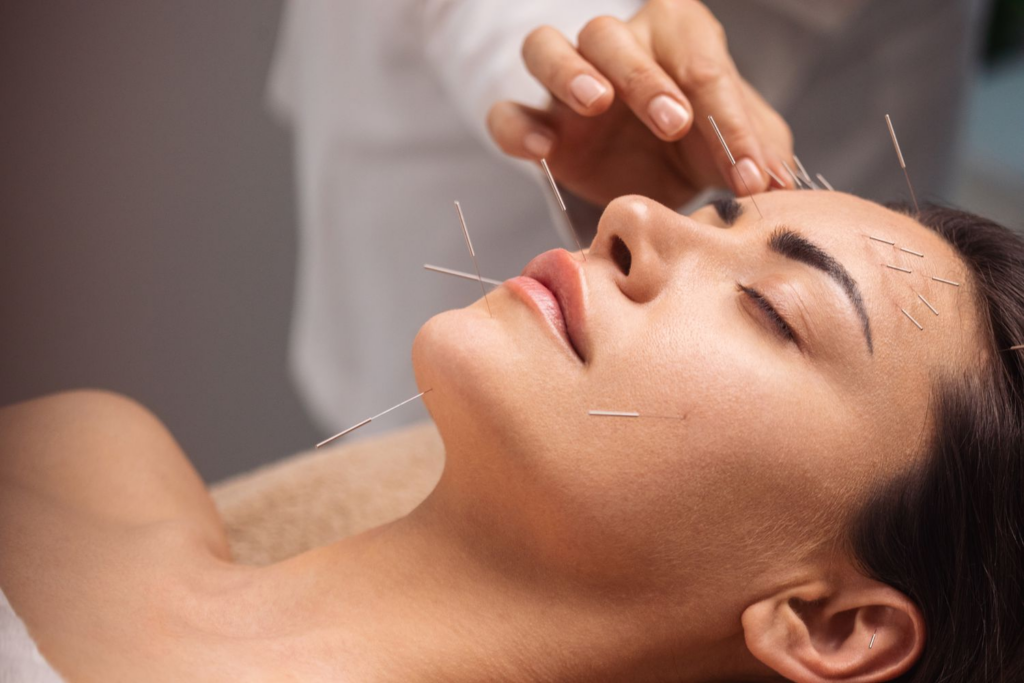Unraveling Physical Therapy: What to Expect
Physical therapy is a key part of the recovery and rehabilitation process as it helps return mobility, decrease pain, and restore function. It is a kind of treatment that makes anyone throw away their walking stick whether it’s an injured sportsman or an old person with arthritis. What is the primary goal of physical therapy? The primary goal of Physical therapy is to restore movement and function while alleviating pain. Therapists use exercises, manual therapy, and education to achieve this. The goal is to enhance mobility and overall quality of life, empowering patients to manage their conditions independently and effectively. This is done by a mixture of therapeutic exercises, manual techniques, and educational strategies. Therapists alleviate pain and functional impairments in order to empower patients to regain independence. It focuses on rehabilitation and prevention for the long term so that people may cope with their various problems and lead healthy, active lives with improved daily functioning. How long does a physical therapy session last? A typical physical therapy session lasts 30 to 60 minutes. The duration depends on the treatment plan and the patient’s condition. Each session includes exercises, hands-on therapy, and progress evaluations to ensure effective rehabilitation and personalized care for optimal recovery.Treatments include exercises, manual therapy, and follow-up assessments for checking on the progress achieved. The idea is to provide complete care for the condition of the patient and simultaneously promote effective rehabilitation. These regular assessments during sessions modify the treatment plan to bring out the best recovery and achieve all the set or aimed-for therapeutic targets. What should I wear to a physical therapy session? Wear comfortable, loose-fitting clothing that allows free movement during exercises. Athletic wear, such as shorts or sweatpants and a t-shirt, is ideal. Proper footwear, like sneakers, supports safe and effective therapy, ensuring ease of movement and comfort throughout the session.Proper footwear includes shoes that can provide support, like sneakers. Loose clothes and comfortable shoes will allow you to participate in all activities without feeling any discomfort. It also allows the therapist to examine and treat your problem area without any kind of hindrance. All this preparation helps to make your therapy experience more effective and enjoyable. How often should I attend physical therapy? The frequency of physical therapy sessions varies based on individual needs and treatment goals. Typically, patients attend 2-3 sessions per week. Your physical therapist will adjust the schedule according to your progress, ensuring optimal recovery and improvement in mobility and function.Your physical therapist will closely monitor your progress and adjust the frequency as needed to allow you to recover optimally. The frequency of visits is determined by regular reassessments, adjusting the plan based on how your mobility, strength, and overall function have improved. What types of conditions can physical therapy treat? Physical therapy treats various conditions, including musculoskeletal injuries, post-surgical rehabilitation, chronic pain, and neurological disorders. It helps improve mobility, strength, and function, addressing issues like sports injuries, arthritis, back pain, and stroke recovery through targeted interventions. Generally speaking, therapists use very specifically targeted interventions to improve mobility, strength, and overall function. Properly done, with a focus on specific conditions and using the right therapeutic techniques, physical therapy allows for improved quality of life and furthers recovery from several physical and functional impairments. What are common techniques used in physical therapy? Physical therapists use techniques like therapeutic exercises, manual therapy, and modalities such as heat, ice, and ultrasound. These methods help reduce pain, improve mobility, and restore function. Education on posture and ergonomics also plays a key role in enhancing recovery and preventing recurrence.On the other hand, manual therapy is a hands-on method used for the manipulation of muscles and joints. Modalities are provided for pain and inflammation through heating or ice application. Education on proper posture and ergonomics is integral to preventing future problems while supporting full recovery. These combined approaches address various dimensions of rehabilitation for its effective treatment. Is physical therapy painful? Physical therapy should not be painful, though some discomfort may occur during exercises as the body adapts. Therapists ensure exercises are within tolerable limits, gradually increasing intensity. Open communication with your therapist is vital to tailor treatment and minimize any discomfort.The therapist tries to maintain the exercises in bearable limits and slowly increases the intensity based on the progress of the patient. More than anything else, the key to good therapy is open communication with your therapist in order to ensure that discomfort will be appropriately handled and the treatment plan altered to minimize pain while optimizing recovery and maintaining comfort and safety throughout. How do I prepare for my first physical therapy session? To prepare for your first session, wear comfortable clothing and bring any relevant medical records or physician referrals. Arrive early to complete paperwork and discuss your medical history and treatment goals with your therapist. Be ready to engage in exercises and ask questions.Allow ample time for any paperwork and discussing your history, current condition, and what the goals of treatment are. Now, be prepared to do exercises and ask questions to make sure that you get all you can from the session. What can I expect during a physical therapy evaluation? During an evaluation, the therapist assesses your medical history, current condition, and movement limitations. They conduct physical exams, discuss your goals, and develop a personalized treatment plan. This comprehensive assessment ensures a tailored approach to address your specific needs effectively.They will look into the physical examination findings on movement limitations, strength, and flexibility. Referring to that assessment and your personal goals, the therapist will create a treatment plan tailored to what you need. This detailed assessment helps to individualize your therapy by charting a specific course of action toward improved function, pain alleviation, and accomplishment of your general rehabilitation goals. What are the benefits of physical therapy? Physical therapy benefits include improved mobility, pain reduction, increased strength, and enhanced function. It supports recovery from injuries, prevents future issues, and promotes overall well-being. By addressing root causes, therapy empowers


